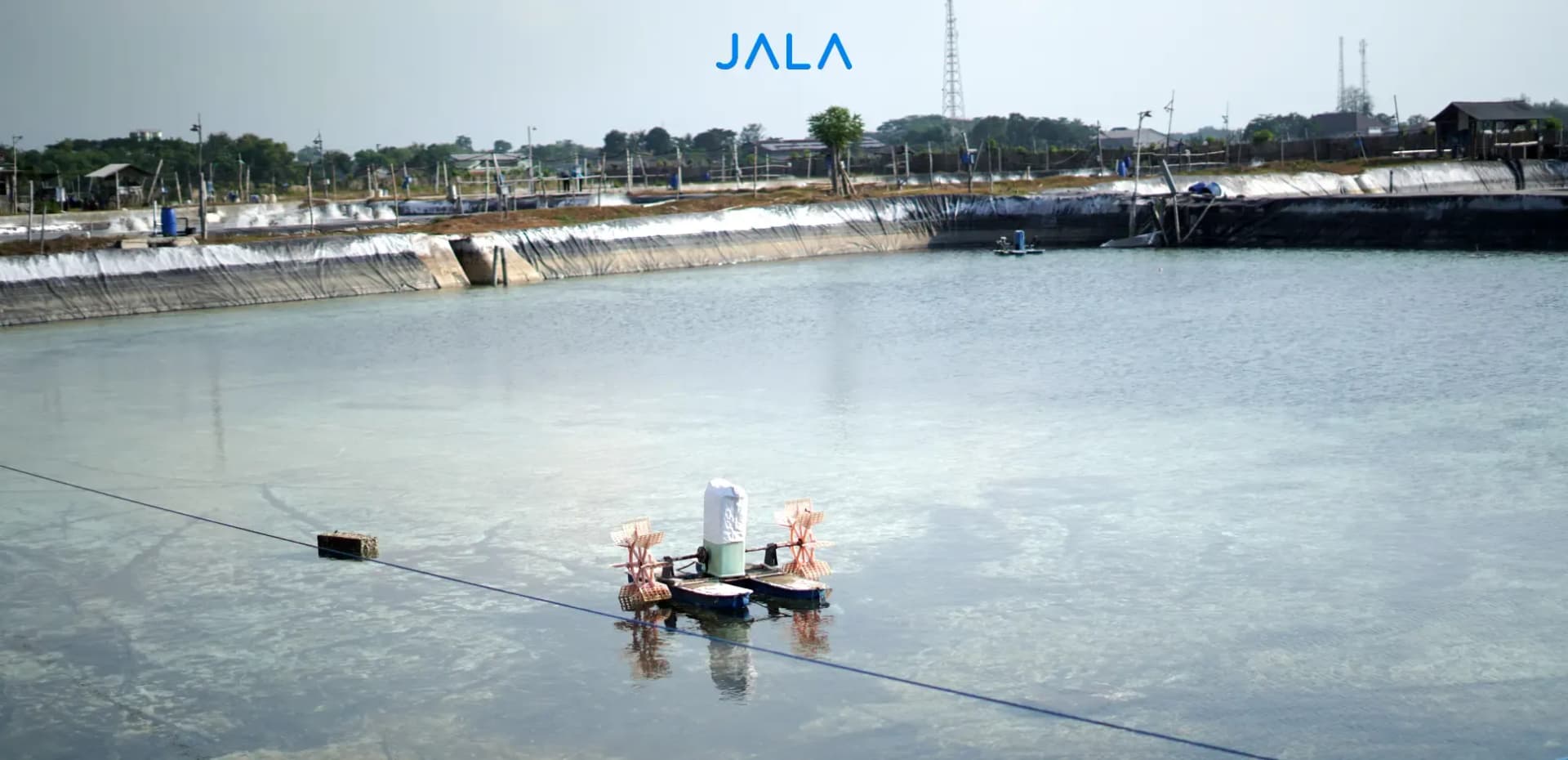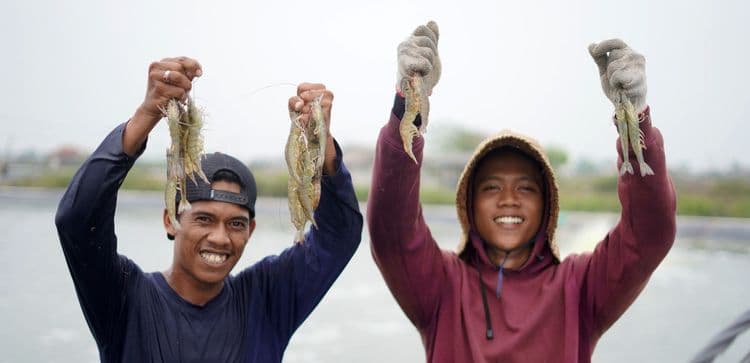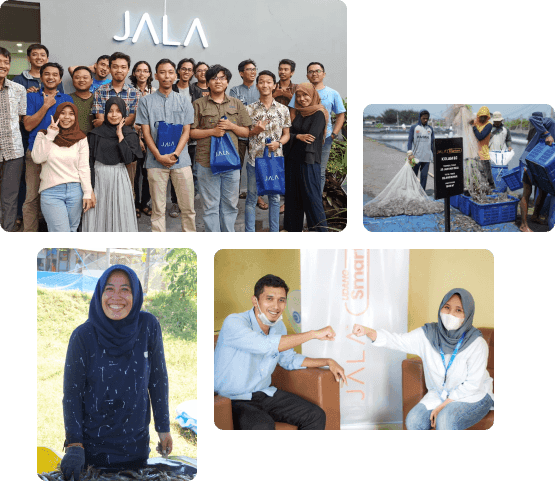
Years of working in the shrimp industry do not guarantee that farming will always be smooth sailing. This was true for Ricky, a shrimp farmer from Probolinggo, East Java, who once suffered significant losses in a single farming cycle. So, how did he rise again and start from scratch? Let’s find out in this story!
Discovering Opportunities in Shrimp Farming
Starting out as a supervisor in a pond construction project, and becoming involved in shrimp farm operations, Ricky gradually developed a deeper interest in the shrimp industry. He learned while working, from traditional systems to modern approaches, he realized that shrimp farming is full of challenges worth pursuing.
This growing interest became his motivation to build a more efficient farming system using technology. For Ricky, success in shrimp farming is not about whether it is easy or difficult, but about how willing we are to adapt to technology.
Lessons Learned from Failure
Ups and downs are part of every shrimp farmer’s journey. Out of the 14 cycles he has run, Ricky experienced one complete failure. That cycle left the ponds beyond recovery, forcing him to flush out all five ponds. The financial loss was unavoidable, but Ricky chose to see it as a valuable learning moment.
Through evaluation, he discovered that the problem did not come from the Standard Operational Procedure (SOP), but from the quality of the post-larvae used. In fact, Ricky had already been applying a minimal SOP that proved effective and efficient.
His consistency in following a minimal SOP can be seen in the way he manages his ponds:
- Using farm products only twice a month.
- Applying products four days before the new moon during molting.
- Running each cycle for 80-105 days.
- Stocking a maximum of 120-125 thousand post-larvae per pond, with any excess given to other farmers.
This approach helped him achieve a survival rate of 50–60%. By combining cost efficiency without sacrificing quality, Ricky has continued to refine his learning from cycle to cycle.
Change Comes with Technology
In the past, Ricky often struggled with managing his conventional farm. From difficulty reading and analyzing lab results, to not knowing what action to take afterward, and even lack of real-time monitoring. “Looking at lab results actually confused me more. I didn’t know what to do next, and it only created more questions,” he recalled.
After discovering JALA, Ricky quickly experienced significant benefits, especially in resolving the confusion he used to face. Lab data became easier to interpret, helping him make the right decisions. All pond data was integrated into one dashboard, saving time and minimizing errors.
Beyond his own farm, Ricky also shares the benefits of JALA with other farmers, particularly those struggling with data management. According to him, half of the challenges farmers face can already be solved with the help of technology. This allows farmers to focus more on strategy, rather than being stuck in manual record-keeping.
 Ricky emphasizes that “Shrimp farming is not easy, but it is also not impossible. The key is anticipating problems before they happen.” With JALA, farmers can anticipate potential losses through real-time, data-driven pond monitoring. Try it yourself at app.jala.tech for smarter shrimp farming!
Ricky emphasizes that “Shrimp farming is not easy, but it is also not impossible. The key is anticipating problems before they happen.” With JALA, farmers can anticipate potential losses through real-time, data-driven pond monitoring. Try it yourself at app.jala.tech for smarter shrimp farming!





